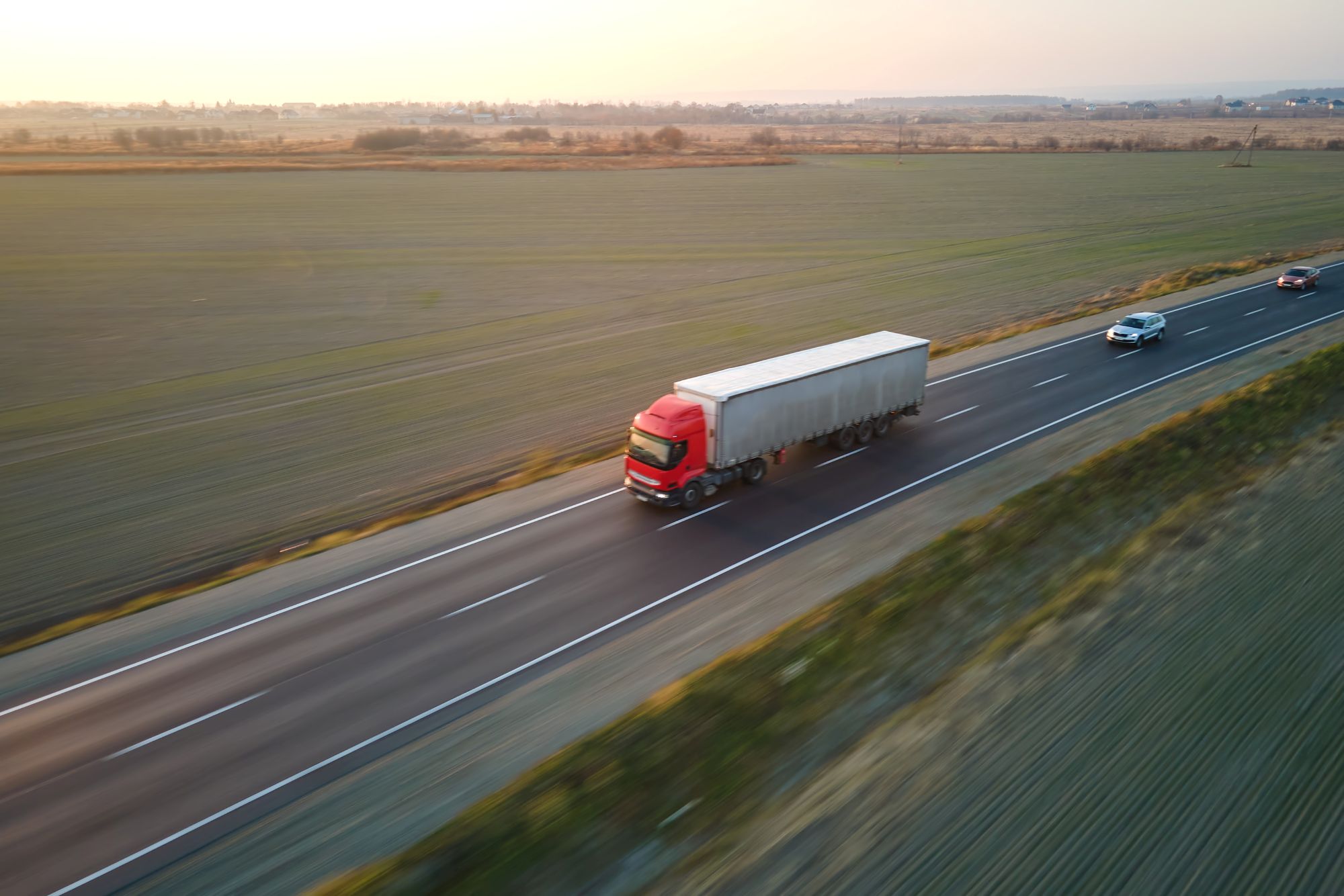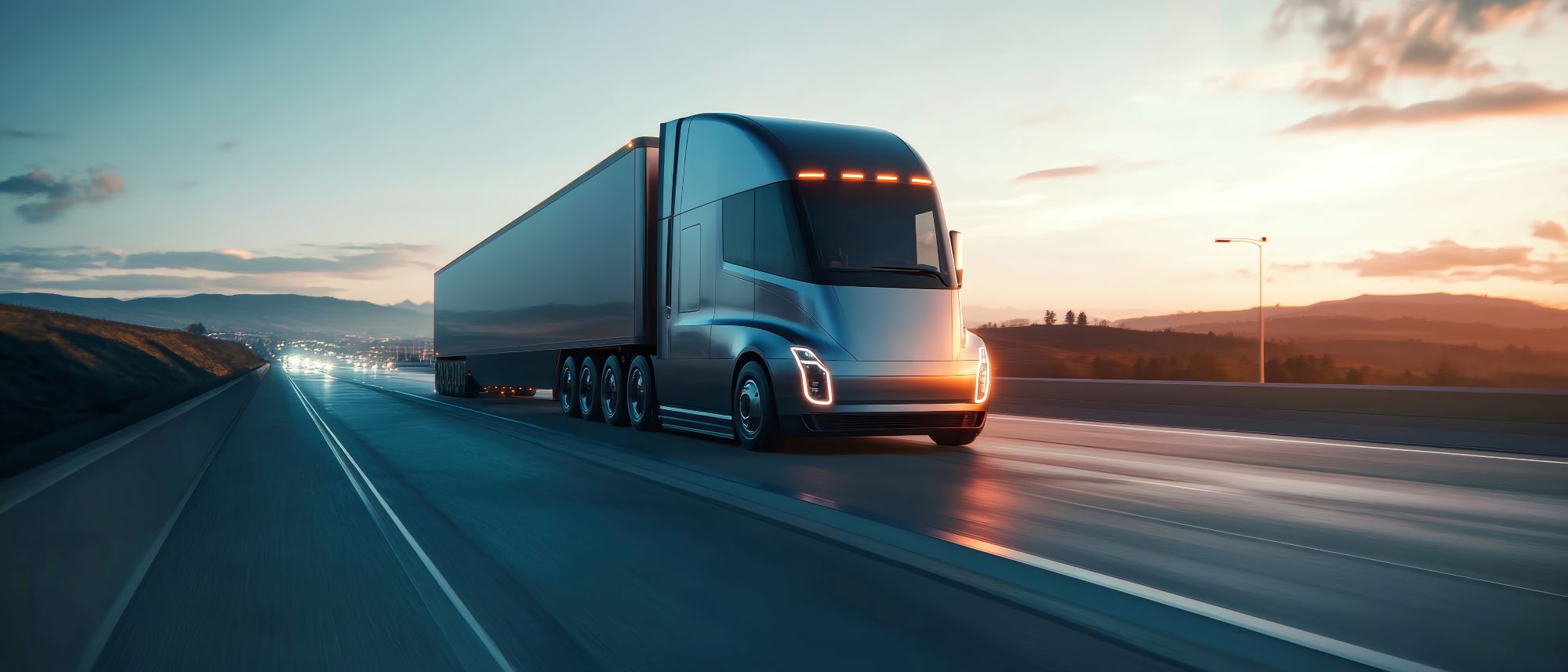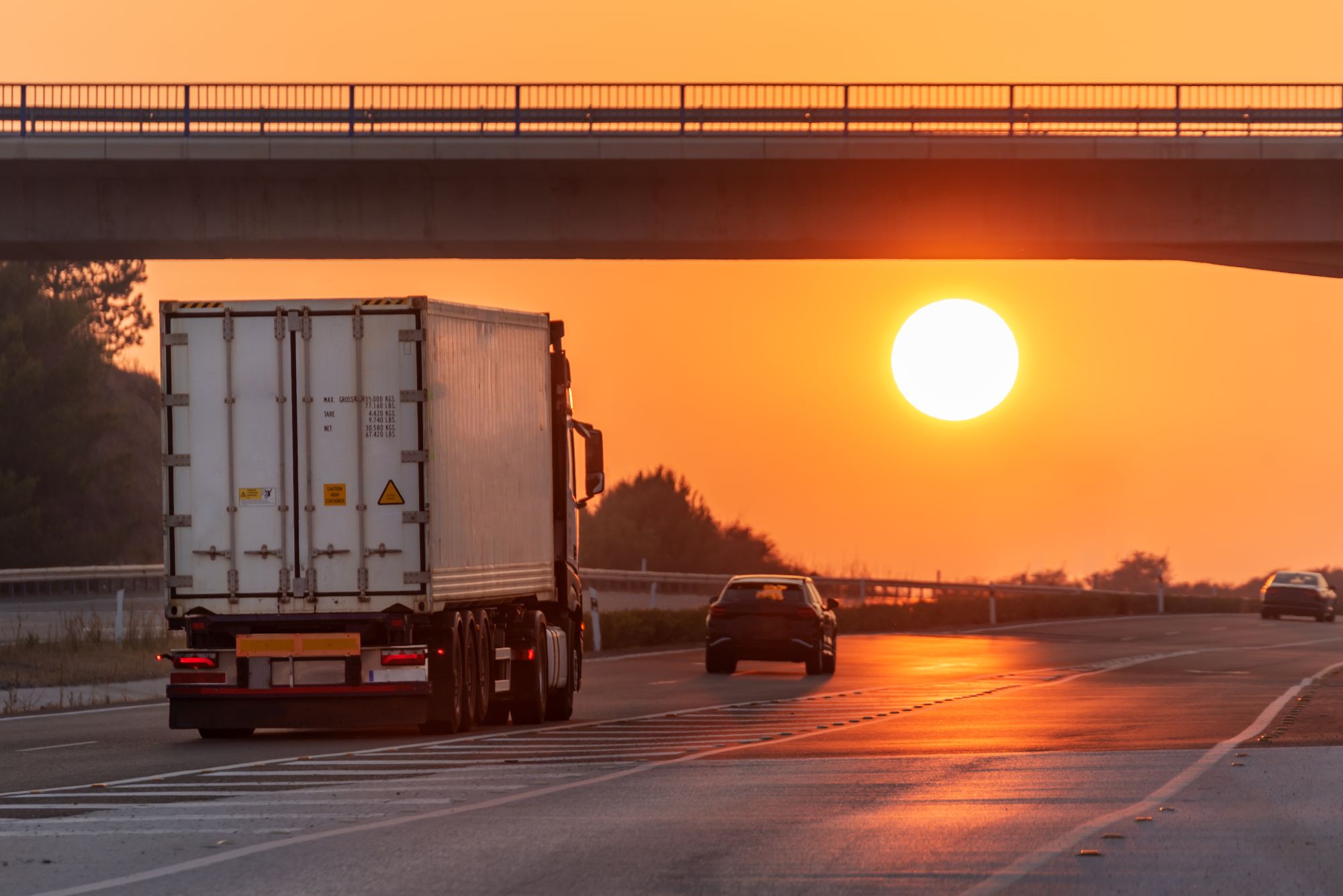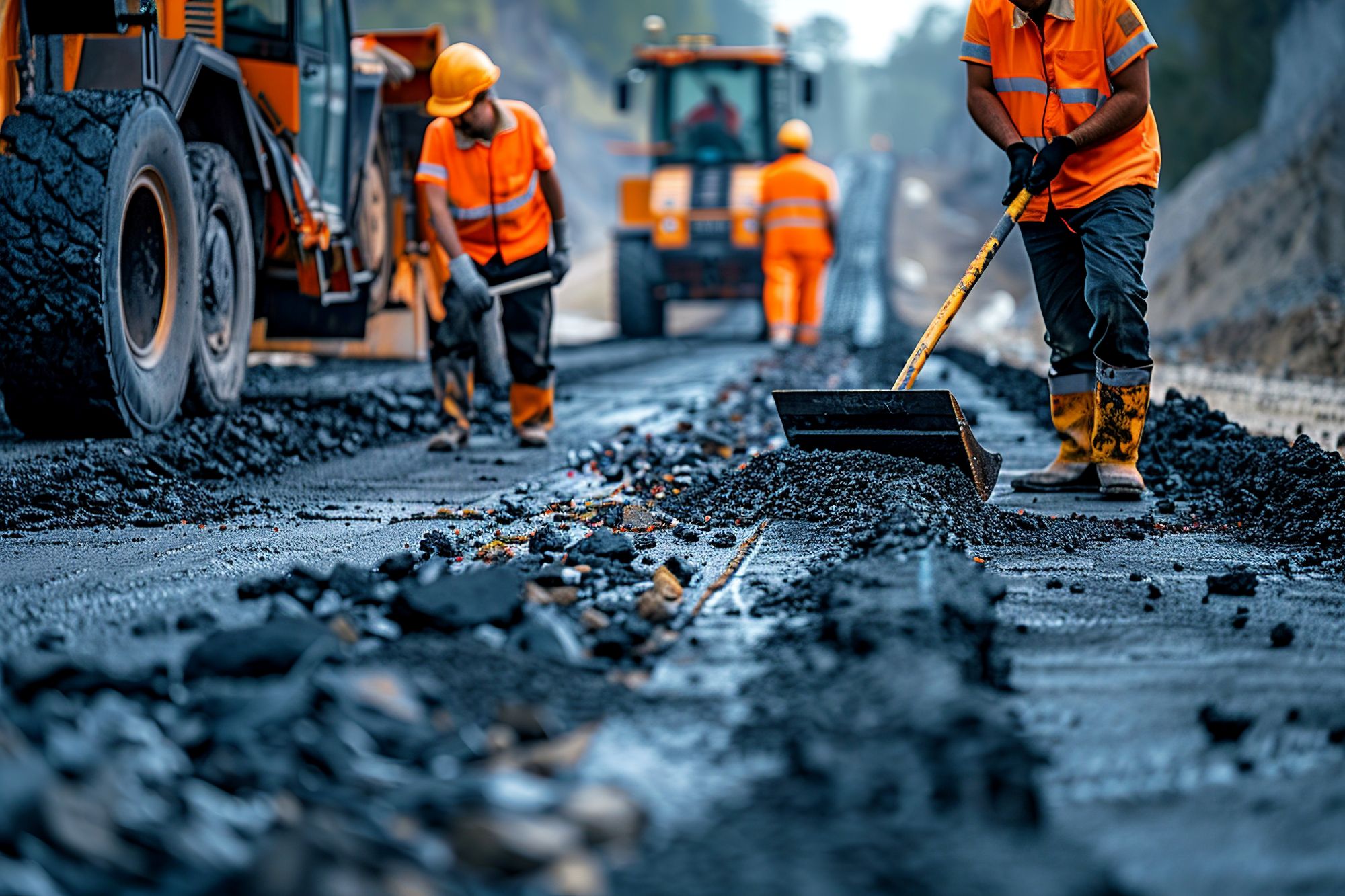
Susie Jones
Proyectos de transporte por carretera en curso en toda Europa
Creado: 12/03/2025
•
Actualizado: 12/03/2025
En 2023, el 83,4% del transporte por carretera de la UE en toneladas-kilómetro fue realizado por vehículos pesados, con un peso máximo de carga autorizado de más de 30 toneladas.
El sector del transporte por carretera en Europa está experimentando una gran transformación, impulsada por los avances tecnológicos y los objetivos de sostenibilidad. Para el sector del transporte de mercancías, estos cambios podrían ser esenciales para seguir siendo competitivo en una industria en rápida evolución. Analizaremos algunos de los cambios que entrarán en vigor este año y los avances futuros.
Proyectos de construcción de infraestructuras viarias.
Desarrollo de la autovía A-7 de Crevillente a Alhama de Murcia
La construcción de una autovía entre Crevillente y Alhama de Murcia comenzó en el cuarto trimestre de 2024, y su finalización está prevista para 2030. El proyecto proporcionará una infraestructura de transporte por carretera de última generación, mejorando los niveles de servicio y los desplazamientos de larga distancia entre las zonas.
Beneficios para la industria del transporte:
Mejora la fluidez del tráfico, reduce la congestión y acorta los tiempos de viaje. Los gestores de flotas se beneficiarán de menores costes de combustible y mantenimiento y de una mayor eficiencia logística.
Autopista D11: Trutnov a la frontera con Polonia
Iniciado en el cuarto trimestre de 2024, este proyecto consiste en una autopista de cuatro carriles de 21,17 km desde Trutnov hasta la frontera con Polonia, en la región de Hradec Kralove. El proyecto forma parte de la autopista D11 que conecta Praga, Hradec, Králové y Trutnov con el paso fronterizo de Polonia.
Beneficios para la industria del transporte:
Mejorar la conectividad transfronteriza y reducir los tiempos de viaje y la congestión. Una autopista de cuatro carriles reducirá los costes de combustible, mejorará la seguridad vial y ofrecerá una ruta fiable y más rápida.
Desarrollo del túnel A5
El túnel de la A5 en Madrid, cuya finalización está prevista para 2027, pretende reducir la congestión del tráfico y proporcionar una infraestructura de transporte de vanguardia a los habitantes de la región. El proyecto mejorará la calidad del aire, la contaminación acústica y la movilidad.
Beneficios para la industria del transporte de mercancías:
Mejora de la fluidez del tráfico, reducción de la congestión y una ruta más rápida y fiable para el transporte de mercancías.
Carretera de circunvalación de Praga: Tramo Bechovice - Autopista D1
Se construirán seis carriles en 12,6 km de carretera entre Bechovice y la autopista D1 en Praga - finalización para el cuarto trimestre de 2027. Este proyecto es uno de los tramos restantes que completarían la carretera de circunvalación de Praga.
Ventajas para el sector del transporte:
Movimiento más fluido y rápido de los vehículos de transporte de mercancías: mejora de la eficiencia del transporte.
Autovía A47 de North Tuddenham a Easton
Entre North Tuddenham y Easton, en Norfolk (Reino Unido), está previsto transformar en autovía la actual A47, de 9 km y un solo carril. La finalización está prevista para el cuarto trimestre de 2026.
Beneficios para la industria del transporte:
El desdoblamiento de este tramo hará que los desplazamientos sean más uniformes, minimizando los retrasos y reduciendo los costes de combustible.
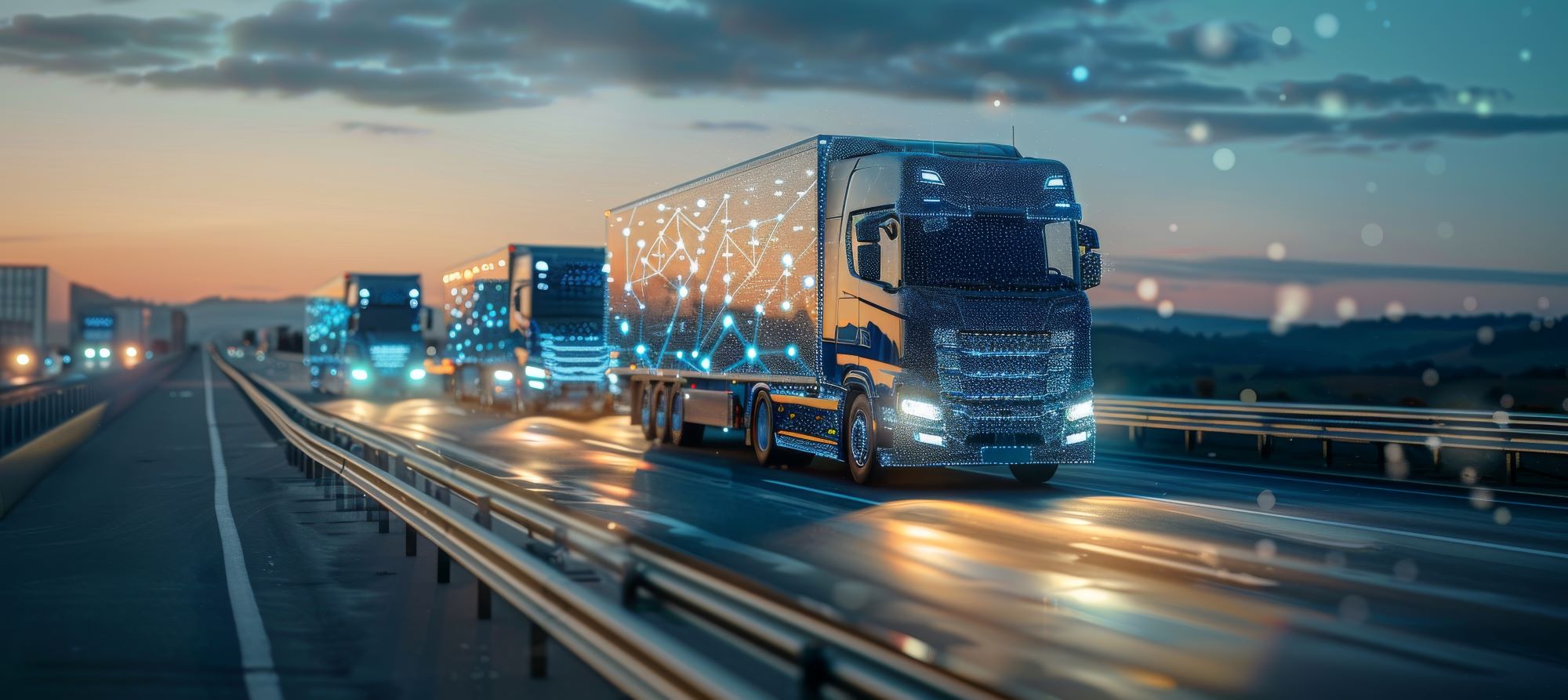
Cambios tecnológicos.
Infraestructura de recarga eléctrica
En 2030, el mercado europeo de camiones eléctricos alcanzará el 15%, lo que pone de manifiesto la importancia de la expansión y el cambio hacia el transporte sostenible. Se espera que se inviertan 15.000 millones de euros en la infraestructura de recarga de camiones eléctricos en Europa.
Truckpark 2049 analiza en qué punto se encontrará el sector en lo que respecta a la infraestructura necesaria para la carga eléctrica en las paradas de camiones. Los vehículos eléctricos serán omnipresentes en todo el mundo en 2049: las flotas notarán los beneficios económicos inmediatos y cosecharán las recompensas de una gestión eficiente de los vehículos.
Drone en Italia para vigilar el tráfico
Italia ha introducido drones para vigilar el estado de las carreteras, insonorizar pantallas y vallas y detectar atascos, vehículos parados y otros obstáculos. Los drones se elevan hasta 120 metros y cubren ambos sentidos de la autopista A35. Las grabaciones se envían al Centro de Control, lo que mejora la gestión de las intervenciones y permite responder rápidamente a cualquier problema en la vía.
El proyecto de vigilancia de activos y tráfico mediante drones consta de tres fases operativas:
Primera etapa: A partir de octubre de 2024, esta etapa incluyó pruebas con drones controlados por especialistas y la implantación de una plataforma para gestionar la transmisión de vídeo en tiempo real en el Centro de Control de Brebemi.
Segunda fase: introducción del control remoto de drones a través del centro de control, que utiliza sensores avanzados para transmitir datos e imágenes.
Tercera fase: En la fase actual, los drones funcionarán de forma totalmente autónoma.
Autopistas gratuitas en España a partir de 2029
El Ministerio de Transportes y Movilidad Sostenible ha anunciado que analizará la posibilidad de adaptar tres autopistas clave -la AP-6, la AP-51 y la AP-61- para que funcionen sin peaje cuando expire el convenio, en noviembre de 2029. Después de esa fecha, estas carreteras serán gestionadas por el Ministerio y podrán utilizarse sin pagar peaje.
¿Qué país europeo tiene las mejores infraestructuras viarias?
Una encuesta revela que Europa Occidental tiene mejores infraestructuras viarias que Europa Oriental, donde el panorama general de la calidad de las carreteras de sus países es desalentador.
Los Países Bajos ocupan el primer puesto en cuanto a calidad de las carreteras en Europa, seguidos de Suiza, Austria, Portugal, España y Croacia.
